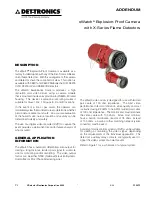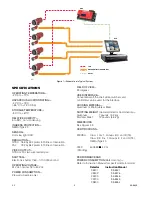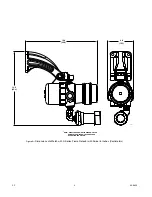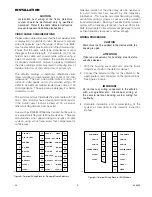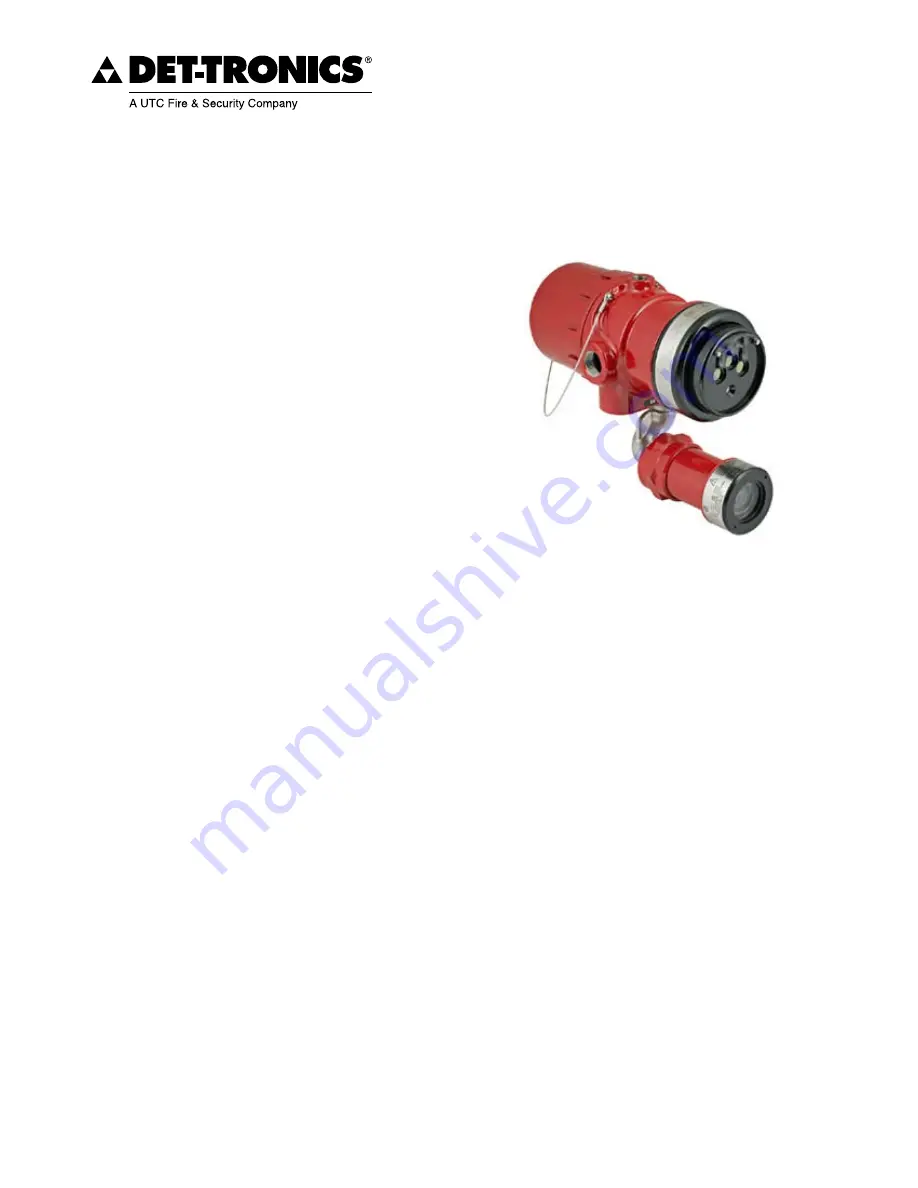
2.2
95-8603
1
2.2
©Detector Electronics Corporation 2009
5/09
95-8603
ADDENDUM
xWatch
®
Explosion-Proof Camera
with X-Series Flame Detectors
Description
The xWatch
®
Explosion-Proof Camera is available as a
factory installed option with any of the Det-Tronics X-Series
line of flame detectors. With this arrangement, the camera
and detector share the same field of view. This option is
available with X3301 and X3302 Multispectrum IR, X5200
UVIR, X2200 UV and X9800 IR Detectors.
The xWatch Surveillance Camera produces a high
resolution color video picture using a camera module
that is mounted inside an explosion-proof NEMA 4X rated
housing. The device’s explosion-proof rating makes it
suitable for Class I, Div. 1, Groups B, C and D locations.
In the event of a fire or gas alarm, the operator can
immediately view the monitored area to determine whether
personnel are present and safe. An accurate evaluation
of the hazard’s size, nature, location and severity can be
determined quickly and safely.
The use of a digital video recorder (DVR) to capture the
event provides a permanent record for future analysis of
what occured.
general application
information
The xWatch has a balanced differential video output for
driving a long distance twisted pair signal to a remote
site for monitoring and/or recording. The video output
format can be either NTSC (National Television Systems
Committee) or PAL (Phase Alternating Line).
The xWatch video driver is designed for use with twisted
pair cable of 100 ohm impedance. The best video
performance in terms of distance, video quality, and cost
is attained using 22 AWG to 16 AWG, twisted pair cable
of 100 ohm impedance. The monitor end must terminate
the video cable with 100 ohms. Since most monitors
have a built-in termination resistor of 75 ohms instead
of 100 ohms, a balun or other matching network (video
converter) must be used.
A variety of matrix control systems or DVRs can be suitable
for viewing or recording the video signal, depending
on the requirements of the individual application. The
detector’s auxiliary relay contacts are typically used to
signal the video system of an alarm event.
Refer to Figure 1 for a schematic of a typical system.

